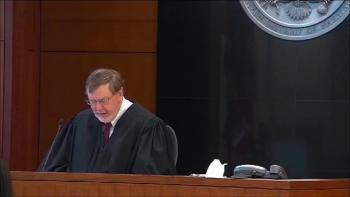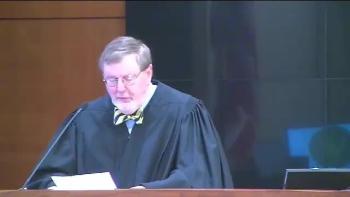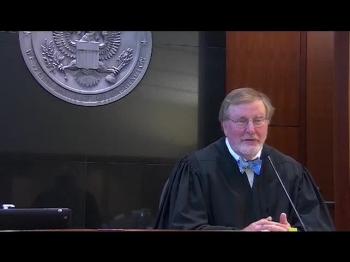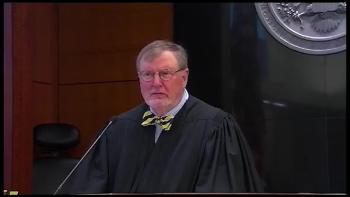Case Summary: 12-cv-01282-JLR
This is a case about the alleged use of excessive force by the police in Seattle, Washington.
On March 31, 2011, the U.S. Department of Justice (“DOJ”) announced that it had begun an investigation of the alleged use of excessive force by the Seattle Police Department (“SPD”) pursuant to the Violent Crime Control and Law Enforcement Act of 1994. DOJ conducted an extensive 9-month investigation into these allegations with the full cooperation of the City and the SPD and involvement of many community stakeholders.
On December 16, 2011, DOJ released its report (“DOJ Report”) announcing that it had found reasonable cause to believe that SPD had engaged in a pattern or practice of excessive force and that this pattern or practice derived from SPD’s systematic failure to implement adequate policies, procedures, training, and oversight. Although DOJ did not make a finding that SPD engaged in a pattern or practice of discriminatory policing, the DOJ Report identified DOJ’s serious concerns about certain practices that could have a disparate impact on minority communities. The City disputed the findings in the DOJ Report.
After an extensive period of negotiations over potential revisions to SPD’s policies, practices and procedures – which included formal mediation - the parties reached a Settlement Agreement, which is posted on the Court’s website. Based on this Agreement, a lawsuit was filed on July 27, 2012 and, on the same day, the Settlement Agreement was filed. The Settlement Agreement’s provisions relate directly to the policies, procedures, training, and oversight that the DOJ alleges contribute to the SPD officers using excessive force and requires the City and SPD to address, among other things, policies and training related to use of force, discriminatory policing, and review of the use of force.
Pursuant to the Agreement, Merrick Bobb, the Executive Director of the Police Assessment Resource Center, a Los Angeles, California non-profit law enforcement oversight organization, was appointed as the Monitor to supervise the implementation of the Settlement Agreement. The Monitor and his team are to assess the City’s compliance with the Settlement Agreement, report on the status of compliance to the Parties and the Court, work with the Parties to address any barriers to compliance, and assist the Parties to informally resolve disputes or differences should they emerge. The video is of a status conference at which the Monitor gives his first report back to the Court after 90 days of implementation of The Agreement.
Case Highlights
- Case highlights for this case is not yet available.
Case-related documents, including those referenced above, are available via the Public Access to Court Electronic Records (PACER) service. For more information, visit Pacer.gov.
















